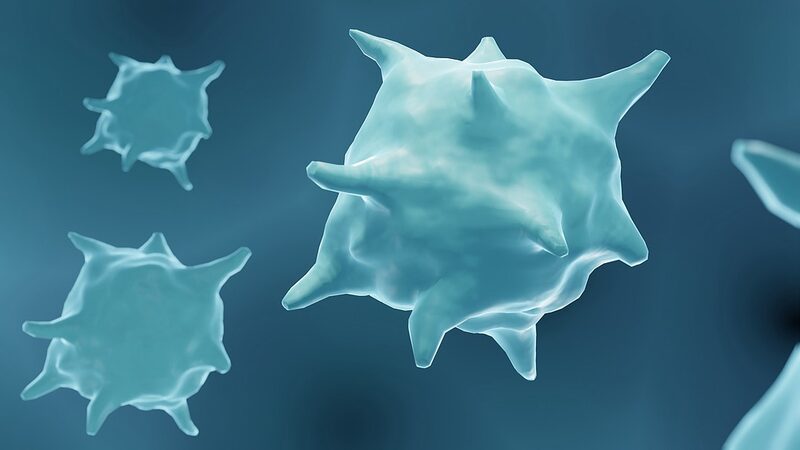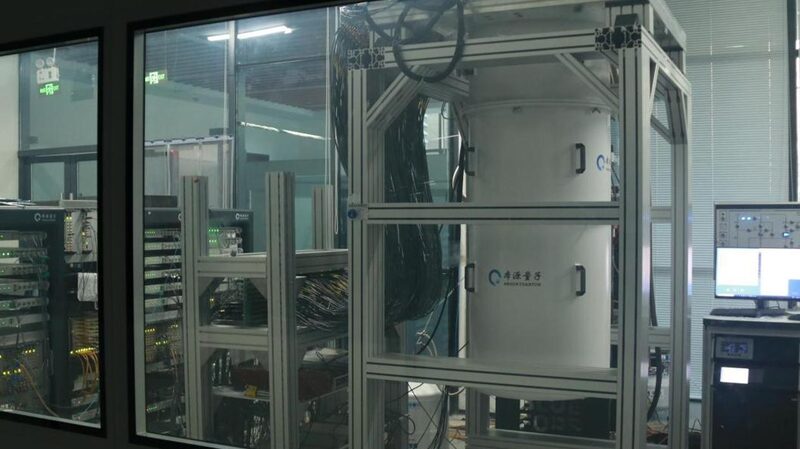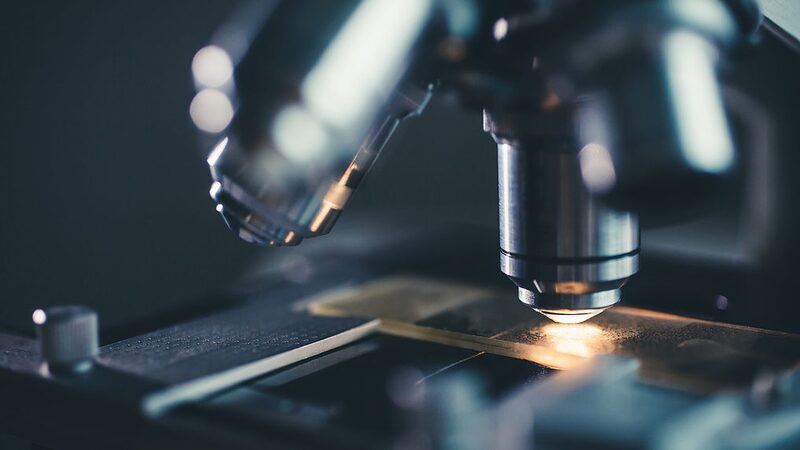A collaborative team of researchers from China and the United States has unveiled a groundbreaking method to capture the clearest images yet of mitochondrial proteins in an environment closest to their natural state. This advancement promises to deepen our understanding of cellular health and accelerate drug discovery processes.
Mitochondria, often referred to as the powerhouses of the cell, are essential for converting energy from organic matter into a form usable by the cell. The proteins within mitochondria play critical roles in functions such as aerobic respiration, maintaining mitochondrial structure, and regulating metabolism.
Traditionally, scientists purified mitochondrial proteins before analysis, a process that could inadvertently alter or damage protein activity. Professor Zhu Jiapeng of Nanjing University of Chinese Medicine and Professor Zhang Kai of Yale University, leading the joint research team, sought a solution to this limitation.
“The in vitro purification method allows us to ‘take pictures’ of mitochondrial proteins, but these images may not reflect their true state,” explained Professor Zhu. “It’s like asking a child to pose for a photo—they might not behave as they naturally would on the playground.”
The innovative approach developed by the team enables imaging of intact mitochondria within a cellular environment. “It’s akin to capturing candid snapshots of children while they play,” Zhu elaborated.
Using this method, the researchers achieved high-resolution imaging of mitochondria originating from cardiac cells, with a remarkable resolution of up to 0.18 nanometers. “This level of detail allows us to observe every atom within the protein,” Zhu noted.
This breakthrough opens new avenues for studying the effects of various mitochondrial diseases and pharmacological treatments by examining reactive protein structures under physiological conditions within mitochondria. Such insights are invaluable for selecting therapeutically effective drugs and understanding their interactions at a molecular level.
The team’s findings were published on May 29 in the journal Nature, marking a significant milestone in cellular biology and medical research.
Reference(s):
cgtn.com








